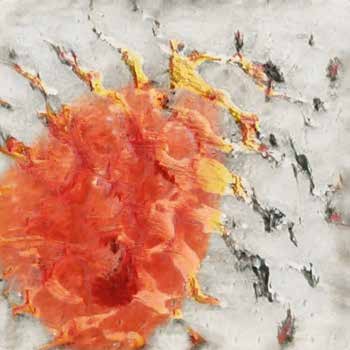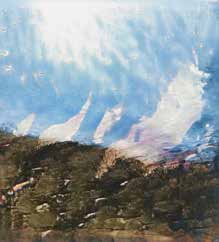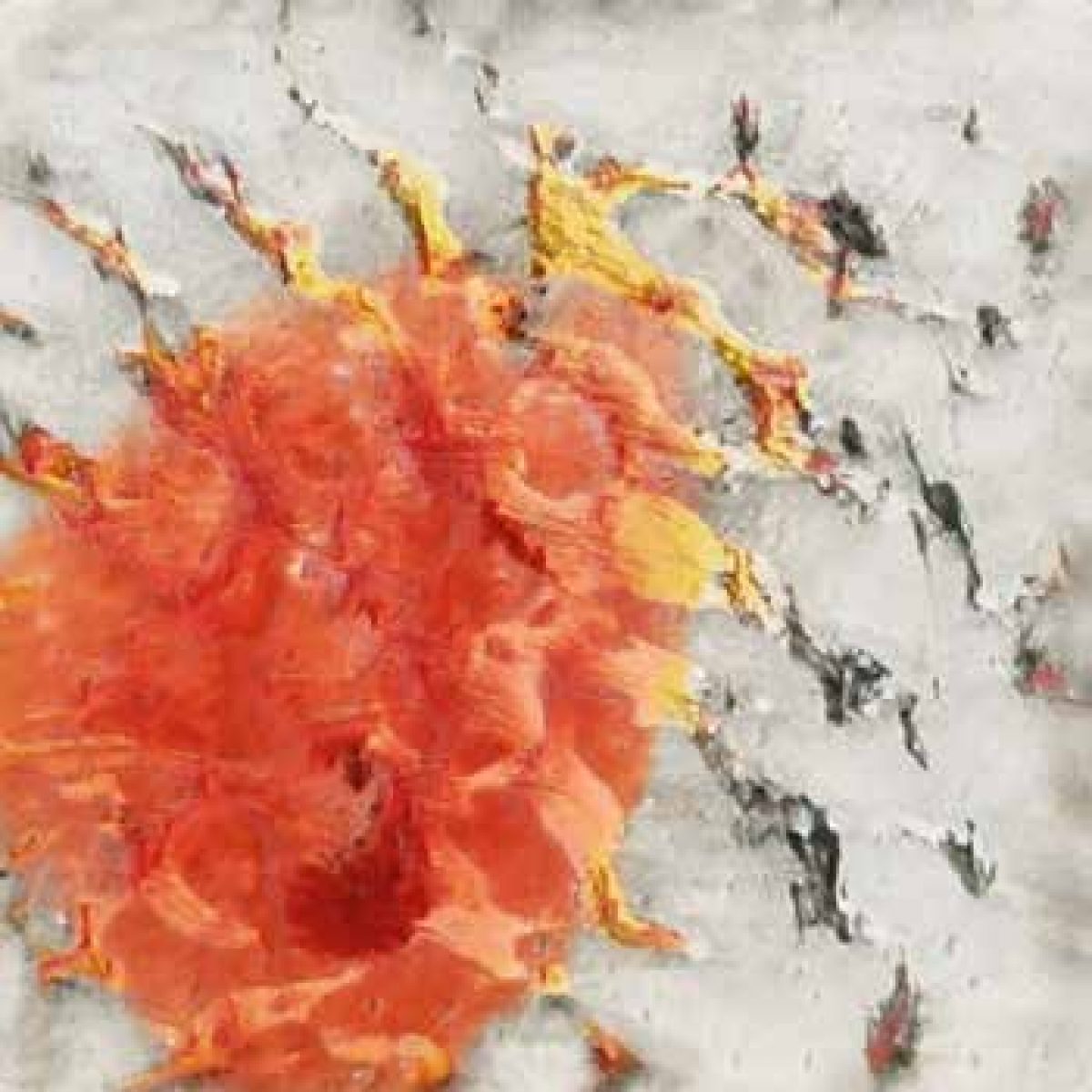Vlad P. Glăveanu
It is hardly surprising that scientific work is eminently creative. Using the “traditional,” product-based definition of creativity,1 the theories and findings of science demonstrate both novelty and originality, on the one hand, and a certain degree of effectiveness in solving problems (even when these problems are primarily conceptual), on the other. However, scientific work itself cannot be reduced to its outcomes, for as creative and valuable as these are. In order to fully understand what makes science creative—and, I would argue, what makes science science—we need to delve deeper into the nature of the creative process of scientists. From the start, we are faced with the realization that there is no single way of being creative in science (and any other domain of human activity for this matter),2 just as the products of scientists show a high level of variety both between and within disciplines. However, where there is variability there are also patterns, and here I will argue that, maybe surprisingly for some, the kernel of creative science takes us back to the mundane phenomenon of wonder and the universal, human experience of wondering.
A simple route to argue for this position reminds us of Socrates and his well-known argument that philosophy is born in wonder.3 Since science finds its earliest roots in philosophical pondering, then, by extension, it is born in wonder as well. Or we can notice that, in the accounts of scientists themselves, there is a clear sense that scientific discovery often takes “flight from wonder.”4 But there is also a deeper way to argue for the centrality of wondering in scientific work and this concerns the nature of wonder itself.
While used in daily life as largely synonymous with thinking, wondering reflects a special mode of thought and, beyond this, a special mode of being in the world. The dictionary definition of the term leads us to concepts that are already commonly associated with science such as doubt, questioning, curiosity, and knowledge. But, at the same time, it includes references that are more reminiscent of the arts, for instance admiration, amazement, beauty, and being in awe. In this sense, beyond its connection to philosophy, wonder is one of the phenomena that reveals the multiple intersections between art and science and can help us challenge further their separation.5 In fact, wonder as a phenomenon reflects well the very idea of the union of opposites or of seeming opposites. For a long time, it has been acknowledged that wonder is based on the dynamic integration of “wondering at,” or the surprise felt when experiencing the unfamiliar, and “wondering about,” or the active exploration of the unfamiliar and the unknown.6 These two directions of wondering are clearly represented in scientific work that usually starts from a practical challenge, lack of knowledge, or unique question (what scientists wonder at) and moves towards the systematic exploration of possibilities associated with it (the wondering about part). What looking at scientific creativity through the lenses of wonder shows us, however, is that these are not distinct stages of a longer process but can and do take place simultaneously. These are the unique moments in which scientists are struck by the discrepancy between two theories, two empirical realities or, most often, the gap between theory and reality, and are actively envisioning multiple possible explanations for this disconnect. They do not know or understand something, and yet, the prospect of gaining valid knowledge is unclear; what is clear is an intuition that something, yet unknown, will emerge.

And this is where we can make a clear distinction between curiosity and wonder, similar to how other scholars thought about them across history.7 In simple terms, curiosity is a transient state, prompted by the discovery of an unusual event, aimed at understanding it better, and, in doing so, at passing from a state of not knowing to one of knowing, as fast as possible. This is why curiosity can be “satisfied” whenever we (think we) have the answer to our question; it can certainly be reignited later on, but its path will always go from the unfamiliar to the familiar. Wonder tends to follow a different trajectory, opposite in fact: from the familiar to the unfamiliar. This is because it helps us question what we believe we already know, challenge the taken-for-granted, and, ultimately, rediscover reality in a completely different light. In this way, the process of wonder doesn’t necessarily have to end in knowledge but in new questions.
So one can immediately see how wondering would be the natural state of mind for a philosopher and maybe for an artist as well—but for a scientist? Aren’t scientists driven more by curiosity and its rather linear path from question to answer? There is certainly an important place for curiosity in science, including in the development of creative scientific research, but this doesn’t exclude the fact that some of the deepest and most motivating explorations scientists engage in are based on enduring forms of wonder rather than fleeing moments of curiosity. The history of science is full of examples of scientists who had overarching, consuming types of questions that led them to problematize much of what we, collectively, think we know about ourselves and about the world (for a detailed analysis of such a project, see Gruber’s Darwin on Man8). And, beyond revolutionary scientific discoveries, the mundane practice of science does oftentimes connect scientists back to the “big questions,” questions that, by definition, don’t have simple or even single answers.

And this is how a focus on wonder in scientific work can truly transform our understanding of science and help us
appreciate its creative nature and its potential. The study of wonder, since its early days, has been about knowledge, especially its lack. Socrates famously declared that all he knows is that he doesn’t know anything, a statement that might pass as intellectual humility but, in fact, goes much deeper than that. It captures the workings of wonder which invite us to uniquely turn “not knowing” into a productive, valuable state, one that shouldn’t always and rapidly be surpassed through the acquisition of knowledge.9 In fact, wonder helps scientists dwell longer into the unknown, to use a Heideggerian phrase, stops them from quickly closing down the process of reflection and from assuming that absolute answers are easily within one’s grasp. The creative process thrives, across domains, whenever we enter a mindset like the one described here,10 when we are able to understand the problem at hand from multiple perspectives at once and place these perspectives in dialogue with each other.
Wonder opens up new spaces of possibility for the thinking of a scientist, and, while it might not be sustained for long periods of time, at least continuously, it is the ever-present companion of those projects that transform the world and the scientist through their relationship. Teaching science, then, should not be reduced to teaching “what is” the case but constantly inviting questions about “what could be,” “what might have been,” and even “what could never be.” The linear path from hypothesis to research finding might be disrupted by what if, as if, and what else thinking, but it is also radically transformed by it. In the end, cultivating wonder in science education is one of the safest ways to develop young minds that will continue to marvel at the world and explore it, resisting easy conclusions and enduring the frustration of uncertainty.11 This way, we help develop science that starts from wonderous not knowing rather than the incessant quest for absolute knowledge—and this is no small wonder, after all!
References
- Runco, M. A., & Jaeger, G. J. (2012). The standard definition of creativity. Creativity Research Journal, 24(1), 92-96.
- Kaufman, J. C., Gl˘aveanu, V. P. & Baer, J. (Eds.) (2017). The Cambridge Handbook of Creativity across Domains.
Cambridge: Cambridge University Press. - Plato (1903). Theaetetus. In Platonis Opera, Edited by John Burnet. Oxford University Press. Perseus Digital Library.
- Rothenberg, A. (2014). Flight from wonder: An investigation of scientific creativity. New York, NY: Oxford University Press.
- Dewey, J. (1934). Art as experience. New York, NY: Penguin.
- Parsons, H. L. (1969). A philosophy of wonder. Philosophy and Phenomenological Research, 30(1), 84–101.
- Heidegger, M. (1994). Basic questions of philosophy. Translated by R Rojcewicz & A. Schuwer. Bloomington: Indiana
University Press. - Gruber, H. E. (1981). Darwin on man: A psychological study of scientific creativity (2nd ed.). Chicago, IL: University of
Chicago Press. - Gl˘aveanu, V. P. (2020). Wonder: The extraordinary power ofan ordinary experience. London: Bloomsbury Press.
- Gl˘aveanu, V. P. (2019). Creativity and wonder. Journal of Creative Behavior, 53(2), 171–177.
- Hadzigeorgiou, Y. P. (2012). Fostering a sense of wonder in the science classroom. Research in Science Education, 42(5),
985–1005.
VLAD GLĂVEANU, PhD, is Associate Professor and Head of the Department of Psychology and Counselling at Webster University Geneva, Associate Professor at the University of Bergen, Director of the Webster Center for Creativity and Innovation (WCCI) and President of the Possibility Studies Network (PSN). His work focuses on creativity, imagination, culture, collaboration, and societal challenges. He edited the Palgrave Handbook of Creativity and Culture (2016) and the Oxford Creativity Reader (2018), and co-edited the Cambridge Handbook of Creativity Across Domains (2017) and the Oxford Handbook of Imagination and Culture (2017). He is the author of The Possible: A Sociocultural Theory (2020) and Creativity: A Very Short Introduction (2021), with Oxford University Press, and Wonder: The Extraordinary Power of an Ordinary Experience (2020), with Bloomsbury. Vlad received, in 2018, the Berlyne Award from the American Psychological Association for outstanding early career contributions to the field of aesthetics, creativity, and the arts.





Leave a Reply
You must be logged in to post a comment.